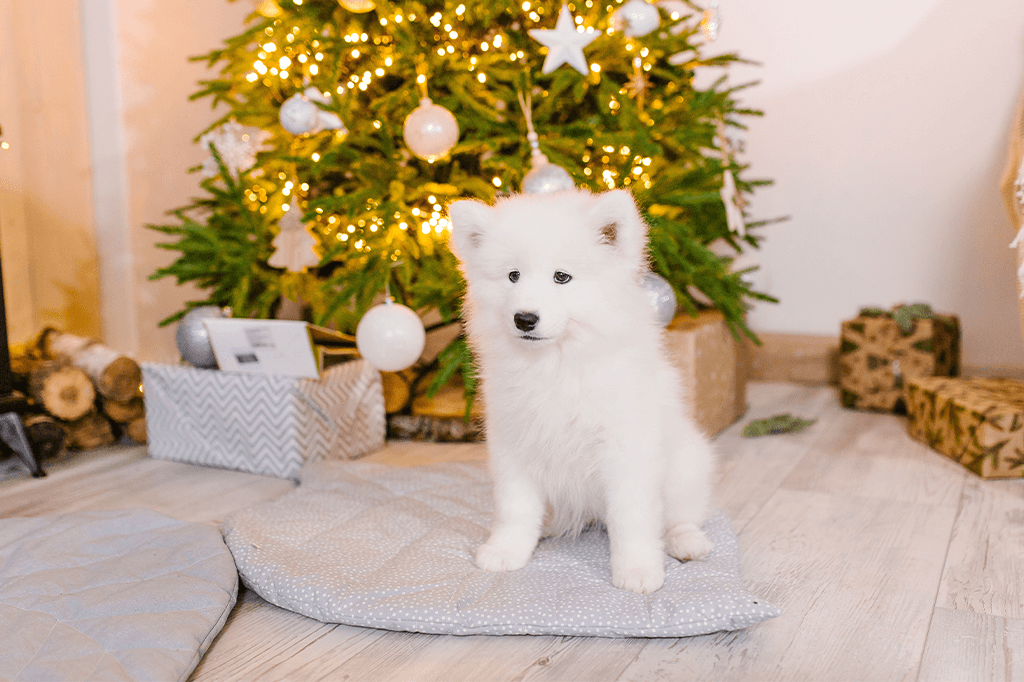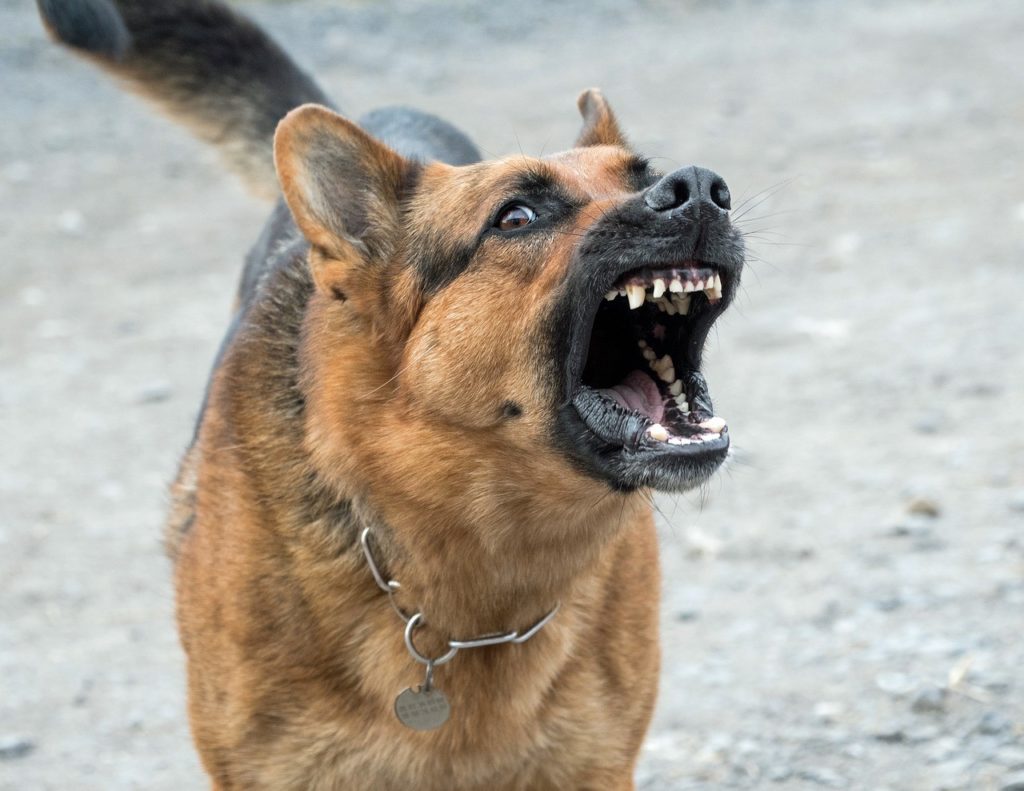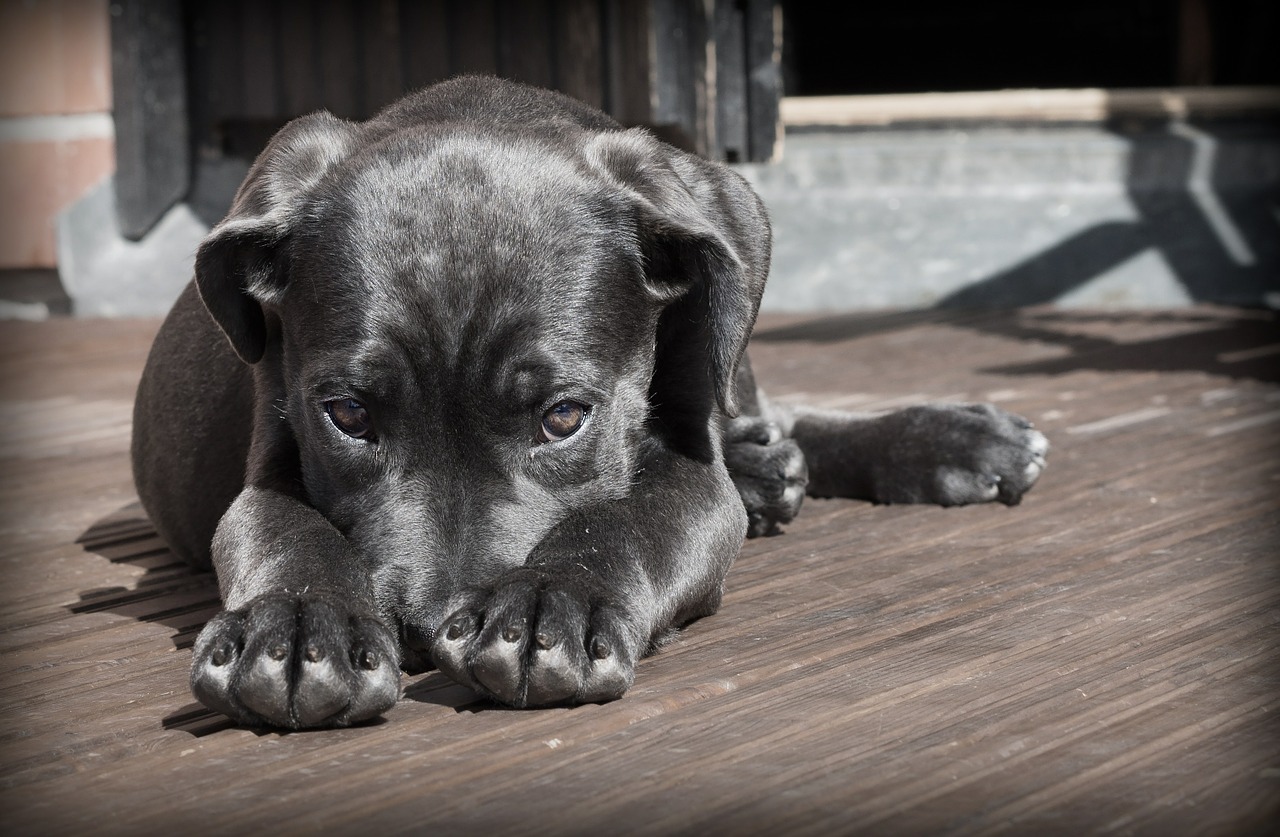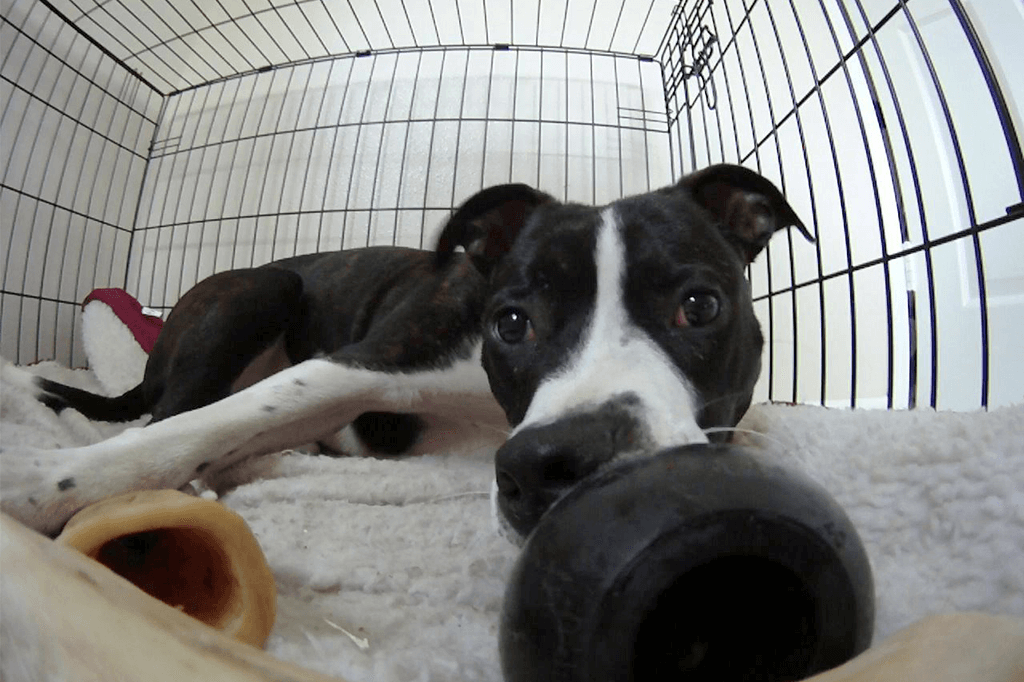How to Socialize a Dog from Puppy Days to Maturity
All pet owners dream of being able to take their dog to a park. Allowing them to play freely with other dogs, off-leash. But, this may not be possible. For some, it’s even difficult to walk their dog on the leash without them barking at or lunging towards other people and animals. Naturally, this isn’t ideal. So, you may be wondering how to socialize a dog like this or even prevent this from happening to your beloved puppy. Let’s take a look at some ways to socialize pets.
The Hands-On Approach
It’s important that your dog becomes used to being touched and handled. This allows you to put their leash on, bath them, and pet them. It also helps your dog relax when being pet by other people or examined by the veterinarian.
Ideally, you will start handling and touching your dog when they are puppies, but you can work on this with older dogs. Don’t just limit physical contact to petting their back and sides. You’ll want to regularly touch their:
- Ears
- Muzzle
- Tail
- Belly
- Feet and toes
Try not to scare your pet and certainly do not pinch or pull on their skin. You want this to be a gentle and comfortable experience. Otherwise, your pet may view it as a negative experience and fight or nip. This doesn’t usually cause problems when they are puppies, but when an adult dog bites it can hurt.
Engage in Playtime
Start socializing your puppy from an early age by playing with him or her frequently. This is a time period when many dogs love playing, as it helps develop certain skills. So, you should have no problem engaging with your puppy.
It’s also a good idea for other people and animals to play with your puppy. When they are young, they are more likely to want to be around others and not see them as potential threats. Set up playdates and visit the park as often as you can, so your furry friend learns that these are good things.
How to Socialize a Dog with Others
We’ve already touched a little bit on socializing your dog with others, including other dogs. But, there’s much more that can be done to ensure your pet has happy and healthy interactions.
Lots of Variety
Part of socializing a pet involves exposing them to multiple environments different people, and new experiences. When your dog is younger, it’s easier to do this because they are more open to new things. It’s still possible to expose an old dog to a variety of environments and people. You’ll just have to take it more slowly.
Make a point of introducing your pet to new people. You can actually start with those daily walks. Every time you leave the house with your pet you are bound to see someone jogging, taking a walk, working in their yard, or walking another dog. Even just seeing and hearing these other people helps your dog with exposure. Instead of taking a secluded route or keeping walks short, try to go places where you will at least see other people. Vary those walks from time to time. Take a different route every week or so. This helps keep your walks from becoming boring and continually exposes your pet to a bunch of different places and people.
If your dog can handle it, you may also want to make a point of taking him or her along with you on outings. Even if you’re only planning on heading to the nearest fast food drive-thru, your pet can still take in new sights and sounds in the car with you.
Be Calm and Relaxed
When you aren’t certain how your dog will react to others, you may tense up without realizing it. However, your dog will notice. Pets pay a lot of attention to their human’s body language. When you are tense, it can send a false signal to the dog that there’s something to be on guard against.
Fido may misinterpret the approach of other dogs and people as an aggressive act or something that they should be afraid of based on your body language.
Remember, keep your shoulders and back relaxed. Walk slowly and confidently with your head upright and eyes forward. And, keep the leash slack, as tension in the leash can also make your dog tense.
Problems with Dog Aggression?
After a dog matures, it’s very normal for him or her to be a little stand-offish with other dogs during first introductions. It’s an instinctive behavior that has helped their wolf ancestors survive in the wild. Dogs can also be possessive or territorial of their people and space too.
If the dog hasn’t really been socialized, or has had a bad experience with another dog previously, the problem can be magnified. Your dog may display the following signs of aggression:
- Growling
- Barking
- Lunging
- Nipping
Should the other dog persist in greeting or trying to interact with your dog, it could escalate to a full-on fight. The best option when the signs of aggression are displayed is to quickly and calmly remove your dog from the situation.
Don’t yell at your pet. Avoid making him lie down or take a submissive position when feeling threatened. This can actually make it worse. Try to keep the leash relaxed if this occurs during a walk. It may not be possible to have a relaxed leash when trying to get your dog away from another dog, but relax the leash as soon as possible. When the leash is slack it helps relax the dog faster.
Tips to Encourage Positive Interaction with Others
Now that you know the signs of aggression and what to do when it occurs, let’s see what you can do to encourage positive social behavior.
- Give plenty of rewards: As soon as your dog notices another dog on a walk, call his or her name to get your pet’s attention. This helps change their focus. Once your pet responds, reward him or her with a small treat or other positive reinforcement.
- Avoid a head-on collision: In the wild, dogs and wolves tend to approach each other from the sides rather than head-on. When you are walking a dog towards another dog it can cause discomfort and anxiety for an unsocialized pet. If you see another dog heading your way, move around that dog in a big half-circle, or else go across the street to avoid the head-on collision.
- Don’t hesitate to turn around: When your pet starts barking or lunging as soon as you head out the door or get to the dog park, turn right around and head back. Get back in the car or head back inside and wait until your dog calms down. Repeat as necessary until your dog knows that he won’t get anywhere until he stops the bad behavior.
If you are still unsure how to properly socialize a dog, consider looking into an obedience course. The video series, Training an Untrained Dog, is a great place to start.



